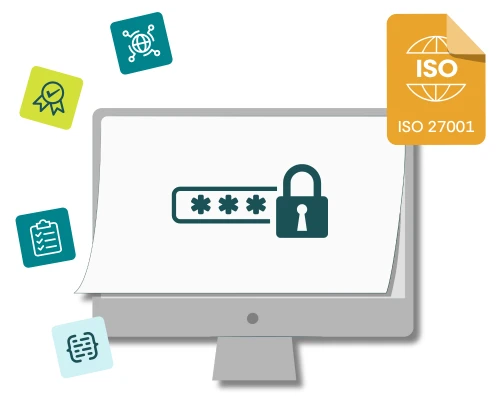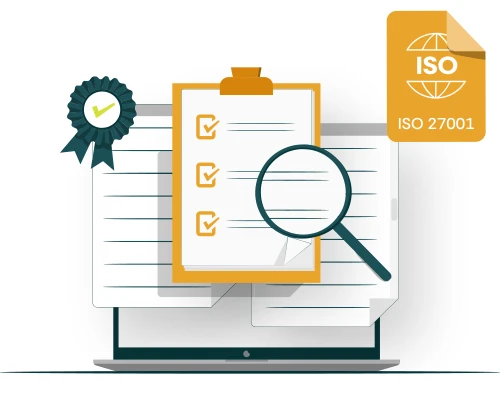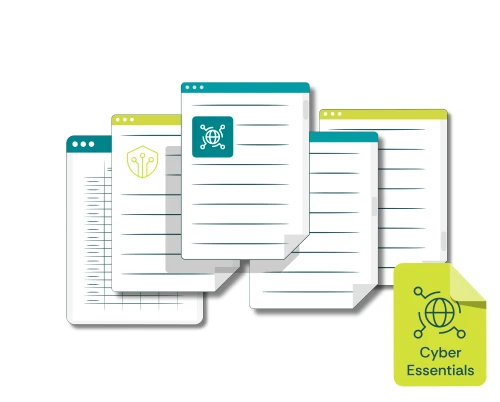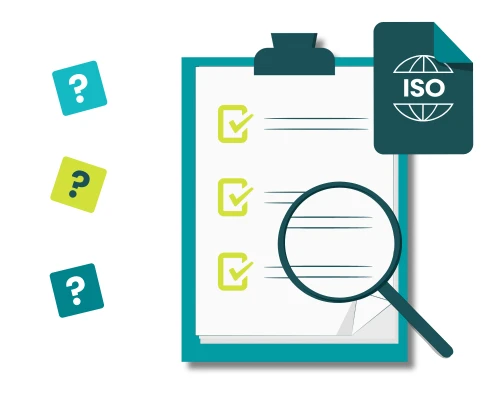The simple answer is no, ISO 45001 is not a legal requirement. It is in fact a documented system that management can use to ‘manage its approach to health and safety within their workspaces’, and more importantly, remain compliant with the raft of legislation that is in place to protect the workforce.
What the ISO 45001 management system will do is ensure that you comply with the national requirements when it comes to the safety of your staff and visitors to your site(s). It does this by helping you put in place the necessary checks, documented information and processes that identify the relevant laws and your actions to be compliant with them.
ISO 45001 legislation
For new businesses it is quite easy to fall foul of these if you haven’t done your homework. Implementing the ISO 45001 management system effectively drives you to identify them and put actions in place to be compliant.
This is similar around the world. For example, in Europe, there are a number of Directives that concern health and safety in the workspace. These stem from Article 153 of the treaty and Directive 1989/654/EEC, which was the first individual Directive, and provides the general basic requirements for health and safety in the workspace, referred to as WPD. An interesting aspect of Directive 1989/654/EEC is that it uses the same principle as ISO 45001, the Plan-Do-Check-Act (PDCA) cycle for continuous improvement.
Other Directives are The Framework Directive 1989/301/EEC, this is referred to as the ‘basic law’ of occupational health and safety in the EU, and Directive 1992/91/EEC, which looks at workplaces in sectors of elevated risks, introducing additional safety measures and obligations for the employer.
Comply to statutory requirements
So, is ISO 45001 a legal requirement, the answer is still no. But it will ensure that you remain compliant to your statutory occupational health and safety requirements. The consequences of not being compliant can result in, as a minimum, a warning from the relevant government agency, a big fine or in the worst case the fatal injury of a member of staff.
The provision of occupational health and safety doesn’t just belong to large businesses and organisations, it covers all businesses that have employees. The legal requirements are constantly being reviewed and updated. So, it is important to ensure that you remain aware of these changes and the way they can affect your obligations to your workforce. The implementation of a management system, such as ISO 45001, will help you to keep pace with these changes by developing a process to monitor these requirements.
In summary
In conclusion, legally, there is no requirement to implement and embed a management system, such as the ISO 45001 occupational health and safety management system. The positive side of having ISO 45001 in place, is it greatly reduces the risks to your workforce and to the potential of failing to comply with statutory requirements. It also increases awareness to risks to the workforce, which will also reduce potential risks in the workplace. It gives confidence to the management, relevant interested parties and more importantly your employees, that you take health and safety seriously.
Is ISO 45001 a legal requirement, no, but maybe it should be.






